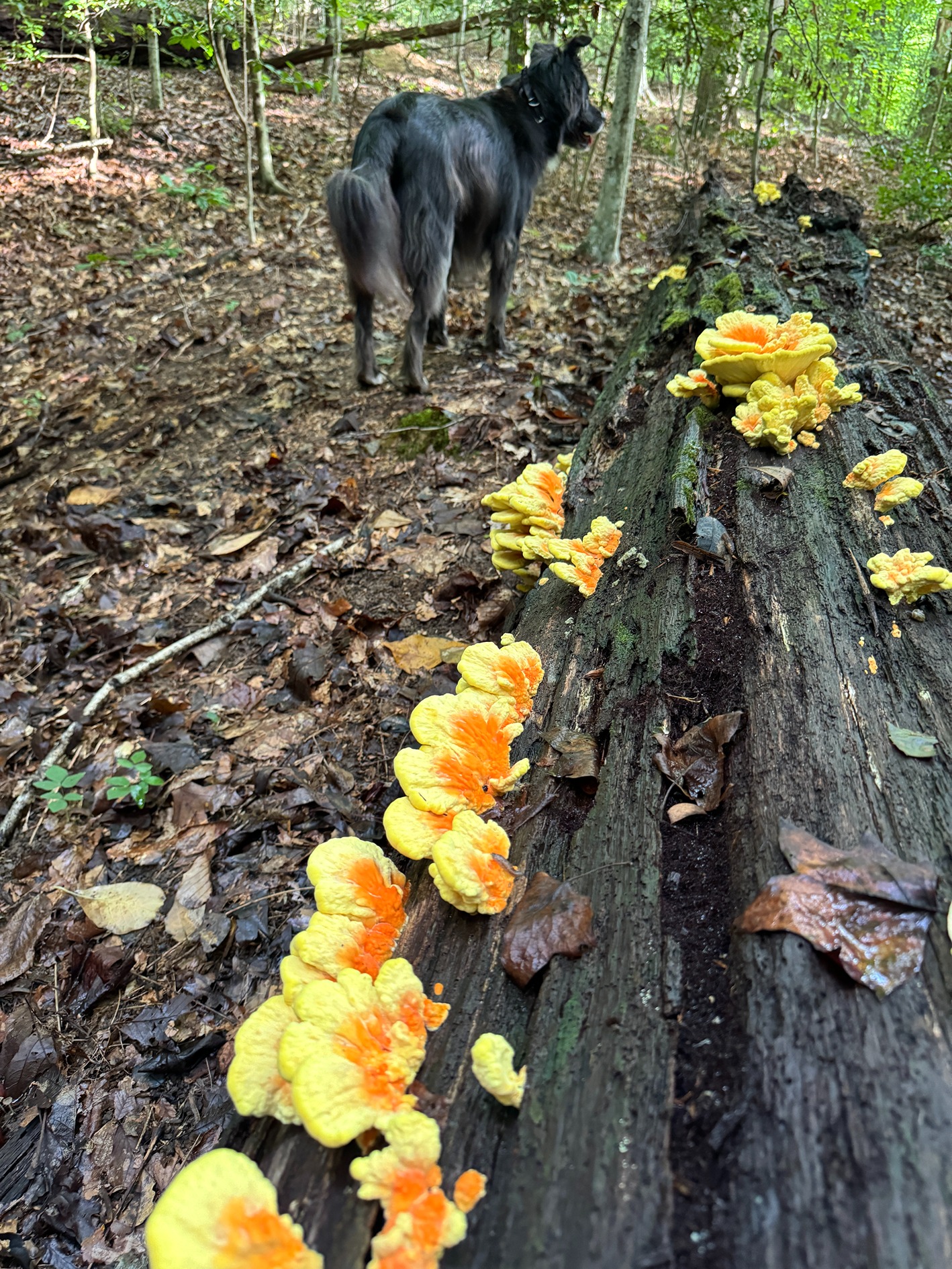Sometimes in Richmond we go for months and months without a significant wind event. Last week we had the one-two punch that was the undoing for quite a few trees in the area. First there was the heavy rainfall for an extended period of time that softened the ground and made the trees more wobbly. Then came the knockout punch for some — heavy wind gusts.

So, if that got your attention, or got you looking at your trees, we thought it might be a good time to revisit the basics of visual tree assessment. While summer is a great time to get a sense of a tree’s respiratory health, winter is the best time to check its structural health. For an arborist it’s like having x-ray vision to be able to see the structure cleanly without the interference of foliage. If you are especially worried, or see something you don’t understand, it’s always good to call in an arborist. But here are a few of the things you can look for. Binoculars might help.
- Hollows and Cavities
- Check the tree out from bottom to top for visible openings on the surface of the trunk or branches. Sometimes you can look for animals entering or exiting cavities in the trunk. While cavities are not always cause for tree removal, they might warrant a closer inspection by an arborist.
- Sapwood Damage
- Winter is a good time to see other scars or damage to the sapwood of the trees. The most vital part of a tree is just below the bark, so any damage to this layer could lead to problems.
- Broken or Hanging Branches
- Mushrooms
- Anytime mushrooms (i.e. fungal fruiting bodies) appear from the roots or stems of a tree there is some level of decay present. If you see these, it’s a good time to call for a closer inspection
- Co-Dominant Stems
- Two or more large stems competing for dominance, attached at the same point, and heavily side-weighted are often quite weak. This is especially problematic when the connecting junction is V-shaped rather than U-shaped, leaving little wood remaining for strong attachment of all stems.
- Excessive Lean
- Leaning trees are always usually more susceptible to failure than vertical trees. Signs that a leaning tree is in trouble are usually visible at the ground level. You might find the ground “heaving” or mounding at the base of the tree, or find soft spots in the soil indicating that the rootball is shifting in the ground.
So if the wind got your attention, take a good look around your yard to see if your trees were either damaged by the wind or have signs of health problems that you might want to have looked at closer before the next big blow.


